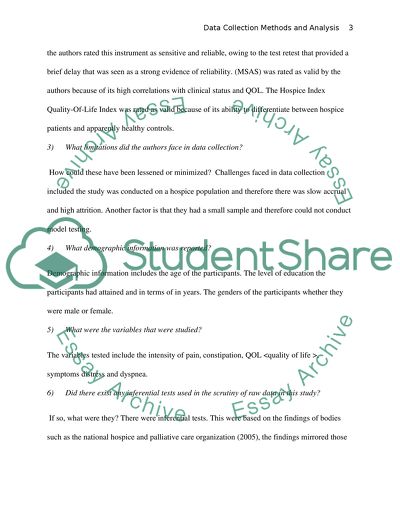Cite this document
(“Data collection methods Assignment Example | Topics and Well Written Essays - 1250 words”, n.d.)
Retrieved from https://studentshare.org/information-technology/1395118-research
Retrieved from https://studentshare.org/information-technology/1395118-research
(Data Collection Methods Assignment Example | Topics and Well Written Essays - 1250 Words)
https://studentshare.org/information-technology/1395118-research.
https://studentshare.org/information-technology/1395118-research.
“Data Collection Methods Assignment Example | Topics and Well Written Essays - 1250 Words”, n.d. https://studentshare.org/information-technology/1395118-research.


